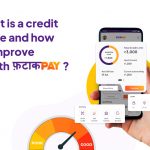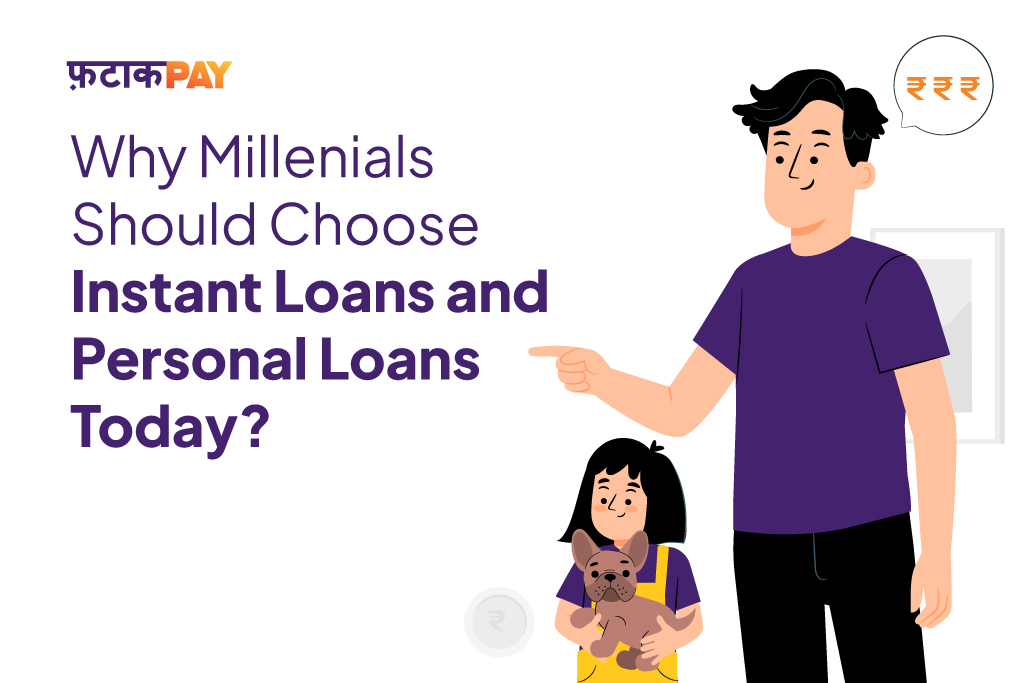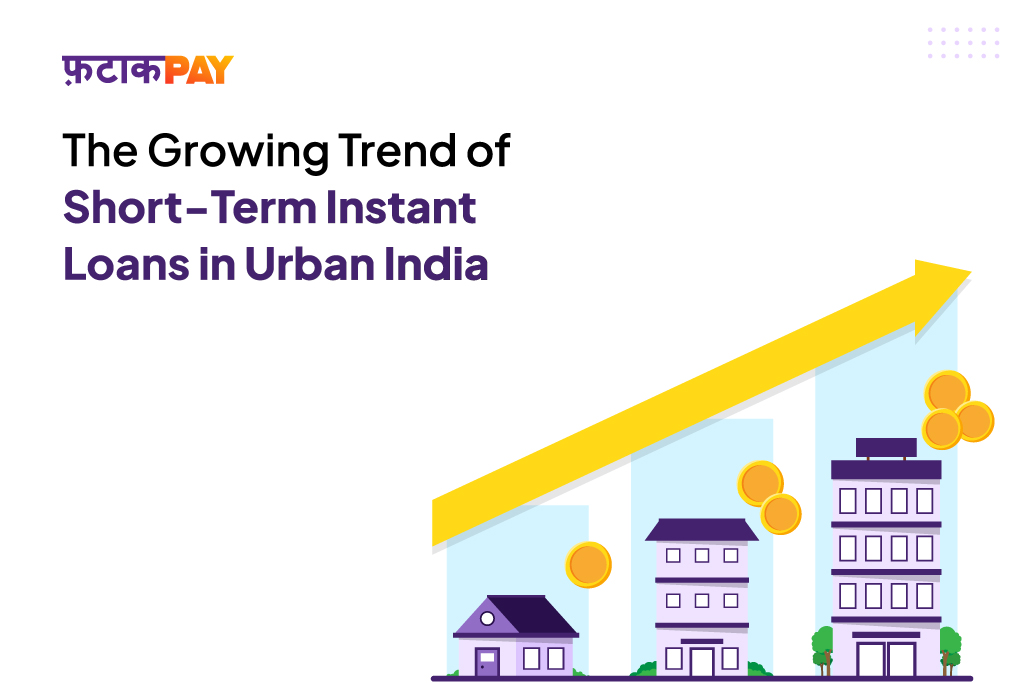Covid-19 caused significant behavioral and structural changes in the economy: social distancing, digital dependence, remote work, contactless banking, UPI trend, low productivity, and supply chain issues. Sudden lockdowns shook businesses and impacted all industries, be it oil, gas, pharma, textile, technology, etc., across the globe.
Covid-19 impact on the banking and credit sector has been bittersweet. In one sense, the banking and credit sector struggled with high non-performing assets, low credits, low money rotation, and financial crises; on the other, Covid-19 accelerated the digitization of the credit industry, which will pay off in the future.
Impact of Covid-19 on the credit sector
As the Indian economy recovers, so do the demand for credit and repayment of loans. Post Covid-19 pandemic, credit lending in India has improved, yet it remains lower than pre-pandemic levels. The following developments in different forms of loans and credits give you a detailed overview of how Covid-19 impacted the credit sector.
Issuance of Credit cards
India has been a debit card-based economy predominantly. However, over the years, various awareness programs and issuance of credit cards by banks and financial institutions have made Indians acceptive of credit cards as a substitute for payday loans. As per PWC – The changing landscape of India’s credit industry report, over the last four years, the issuance of credit cards saw a compound annual growth rate of 20% in India. However, Covid-19 caused a steep downfall in the growth rate of the credit card industry, and it grew merely by 7% in FY 2020-21. Now, various innovations and government policies are helping the industry recover under the strict guidelines of the RBI.
Buy Now and Pay Later (BNPL)
Buy Now and Pay Later has been gaining traction for the past few years. It is a substitute for credit cards and payday loans, especially for financing online purchases for millennials and young people. As Covid-19 nudged people towards online purchases, demand for Buy Now and Pay Later increased, and many companies like BharatPay and Amazon started the service. According to PWC – The changing landscape of India’s credit industry report, Buy Now and Pay Later has captured merely 3% of e-commerce market payments and is expected to grow to 9% by 2024. Forbes envisions the Buy Now and Pay Later market in India to grow to a gross value of $52827.2 million by 2028.
Personal and consumer durable loans
According to the Centre for Monitoring Indian Economy (CMIE), India faced a record high unemployment rate of 28.52% due to sudden lockdowns in April 2020. Unemployment and sudden decline in income impacted the growth of personal and consumer durable loans. Even though people needed money, the lack of contactless loans caused a drop in personal and consumer durable loans. Due to poor credit history, some people had to borrow payday loans. FinTechs and NBFCs launched many ticket-sized, customized digital credit facilities such as credit limits and EMIs for a quick turnaround. According to PWC – Mapping the Indian Retail Lending Landscape report, contactless loans saw a 30% growth rate during Covid-19.
Business Loans
Due to disruption of sales, withheld payments, excessive supplier dues, pending installments, overdue salaries, and other factors, small and medium enterprises faced cash flow crises during Covid-19. Employees asked for advance salaries to meet abrupt medical expenses. Some turned to payday loans due to poor credit history and no advance. It led to financing gaps in businesses; a few even went NPA. As the economy started recovering, so did the sales and business loans.
NPAs
Even though businesses and people faced financial crises, the Gross NPA (GNPA) ratio fell to 7.5% in September FY21 from 8.2% in FY2020. The lower NPA ratio mainly happened because of the extended six-month moratorium granted by the government of India. But, due to the prolonged impact of Covid-19 and global disruptions, economic recovery remained slow, and GNPA rose to 9.8% in FY2022. The government of India collaborated with banking and finance companies and took steps to resolve the high GNPA ratio. (Source: PWC – Mapping the Indian Retail Lending Landscape)
Covid-19 exhibited the need for digitization in the credit sector, marked demand for Buy Now and Pay Later, accelerated the growth of FinTech companies, and eventually led to various inventions for a smooth economy.
Realizations from Covid-19
The notable impact of Covid-19 on the credit sector unearthed the following realizations:
Changing consumer expectations
Lockdowns, social distancing, and remote work during Covid-19 clearly marked the need for contactless financing options. According to Deloitte – Tracking economic and industry trends amidst COVID-19 report, UPI transactions rose from 1000 million in May 2020 to more than 4000 million by November 2021. During Covid-19, online purchases, UPI transactions, Buy Now and Pay Later, and other digital means of payment gained momentum. Physical currency appeared to be one of the leading means of transmitting Covid-19 as it used to circulate through many hands. Covid-19 not only accelerated the digitization of the finance industry but also prepared people for a cashless economy.
Gaps in the credit market
During Covid-19, the following gaps in the credit market led to a need for a quick, reliable credit system:
- According to PWC – The changing landscape of India’s credit industry report, in comparison to countries like the US, UK, and Brazil, the credit card market in India caters to only 5-6% population. There is a wide gap in the market, as a significant population of the country, the blue-collar workers who have poor or no credit history, lack access to the easy and convenient ticket-sized credit facility.
- Financial facilities are poor in rural areas, forcing people to borrow payday loans. As per World Bank, 65% of the population of India lives in rural areas. Consequently, loads of people lack access to trouble-free and high-quality credit.
- Even though digital payments have become pretty usual, cash usage in India is still high as a big chunk of the population has limited or no access to banks.
- Businesses, especially MSMEs, need small business loans to smoothly cater to employee wages, advances, supplier payments, etc.
These gaps in the credit market of India led to various innovations.
Emerging trends in the credit sector of India
For digital banking needs and credit sector gaps, various FinTech companies are working diligently to bring innovations to the market. The government, RBI, PSBs, NBFCs, and other financial institutions are working together toward revolutionizing the credit sector. The emerging trends in the credit sector are as follows:
Neobanks
Neobanks are FinTech companies working in partnership with licensed traditional banks. They do not have physical space and tap underserved customer segments like MSME, gig workers, teenagers, etc., who lack credit history. They offer personal financing, digital wallets, mobile banking, and other advanced credit services using artificial intelligence, cloud computing, and IoT. As far as regulatory approvals from the Reserve Bank of India (RBI), Securities and Exchange Board of India (SEBI), and Insurance regulatory and development Authority (IRDAI) is concerned, traditional banks take care of it. YourStory expects neobanks to grow to $15 billion by 2027. Venture capitalists and investment companies are encouraging the development of neobanks with heavy funding.
Digital Lending
As India is a fast-growing country, PWC projects total credit demand in India to be worth $1.26 trillion by FY 2024. Digital lending has gained momentum due to its customized, contactless, and paper-free financing facilities. It provides small and easy credit facilities to individuals and MSMEs with poor credit histories and saves them from payday loans. By resolving crucial traditional credit system issues of rigorous formal credit assessment, standardized products, collaterals, and complex applications, FinTech companies are bridging the market gap. Statista expects the digital lending market to grow to USD 350 billion by FY 2023.
Embedded lending
It integrates financing facilities with products or services provided by non-bankers. It is a worthwhile innovation, gaining a lot of momentum. It simplifies locating customers for credit companies and availing of financial help for customers. Embedded lending facilities are prevalent in ed-tech, healthcare, and e-commerce for seamless purchases. Forbes expects the global market for embedded lending to grow to $7 trillion by 2030.
Digital payments and Buy Now and Pay Later (BNPL)
Covid-19 accelerated the growth of digital payments. PWC expects the digital payment market to grow at a CAGR of 29% and reach INR 385 trillion by 2026. As budgets get tight, especially after mid-month, Buy Now and Pay Later schemes are life savers. For many people who lack access to equitable credit facilities, a BNPL facility seems a simple and effective solution, especially for digital payments. These small ticket-sized credit facilities resolve day-to-day funding requirements. In the era of online purchases, digital payments and Buy Now and Pay Later are likely to revolutionize the credit sector. BFSI expects the Buy Now and Pay Later market to rise to $40 billion by FY 2025.
One such FinTech company developed to fill the gaps in the credit market of India is FatakPay. It caters to unserved/underserved customer segments with poor credit history, who resort to payday loans or moneylenders and get stuck in the vicious cycle of high-interest rates. It resolves advance salary and working capital issues of staffing and payroll companies by integrating its Scan Now and Pay Later software with HRMS software. It improves employee retention rates and smoothens life for the population segment that faces financial issues while meeting day-to-day household requirements. It aims to bridge a significant credit gap in the Indian market by providing a simple and effective financing solution to underprivileged people.







